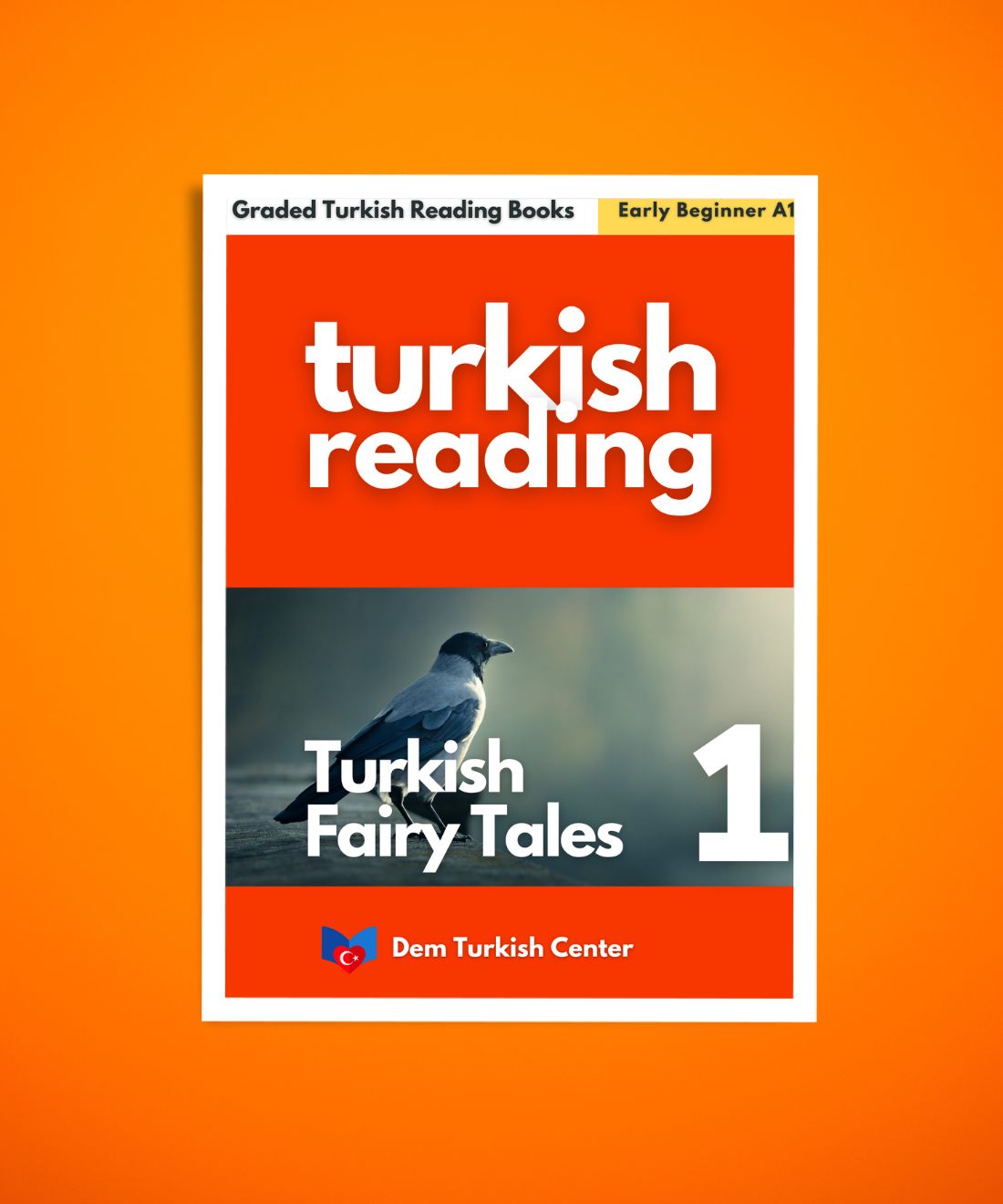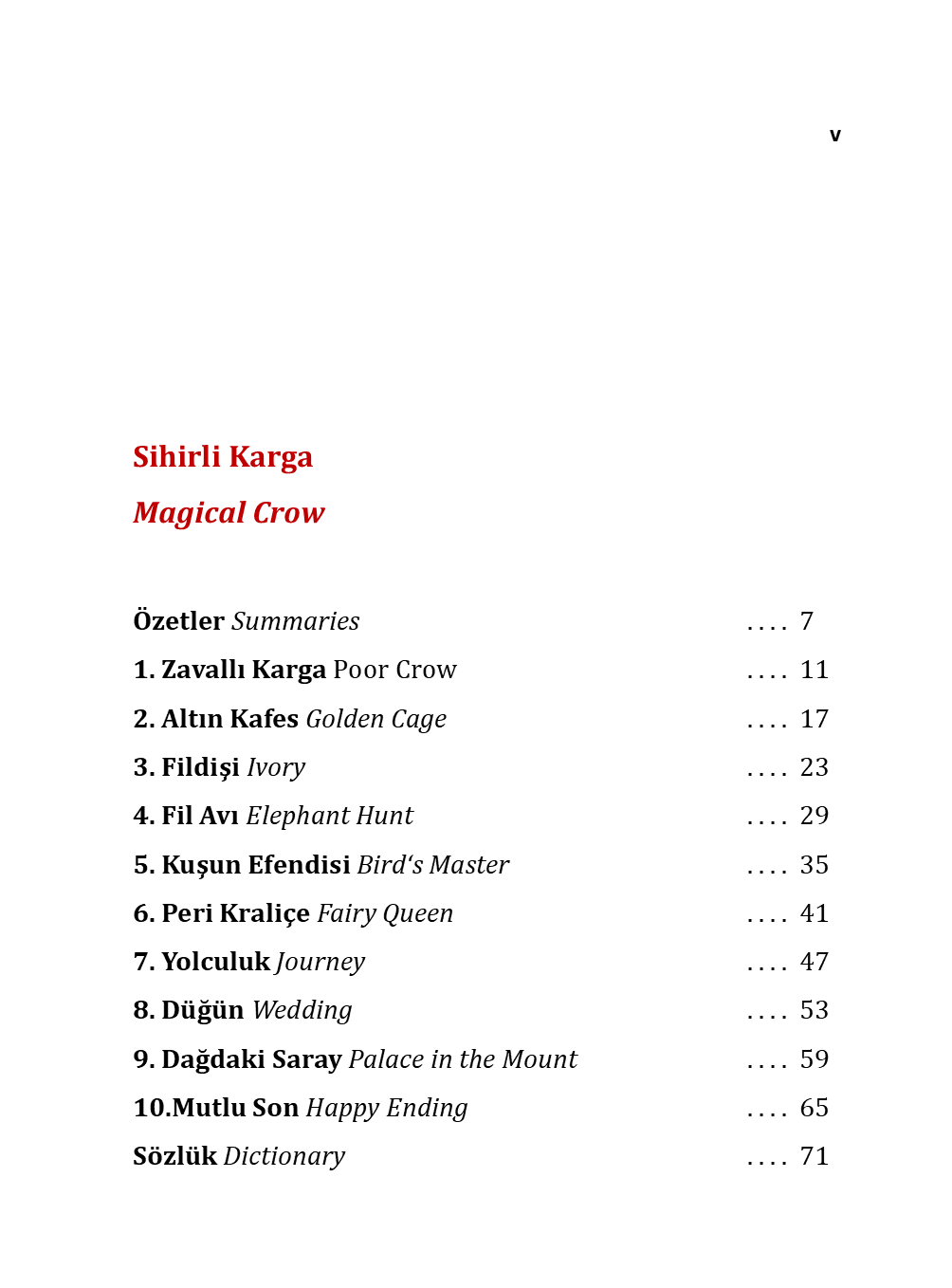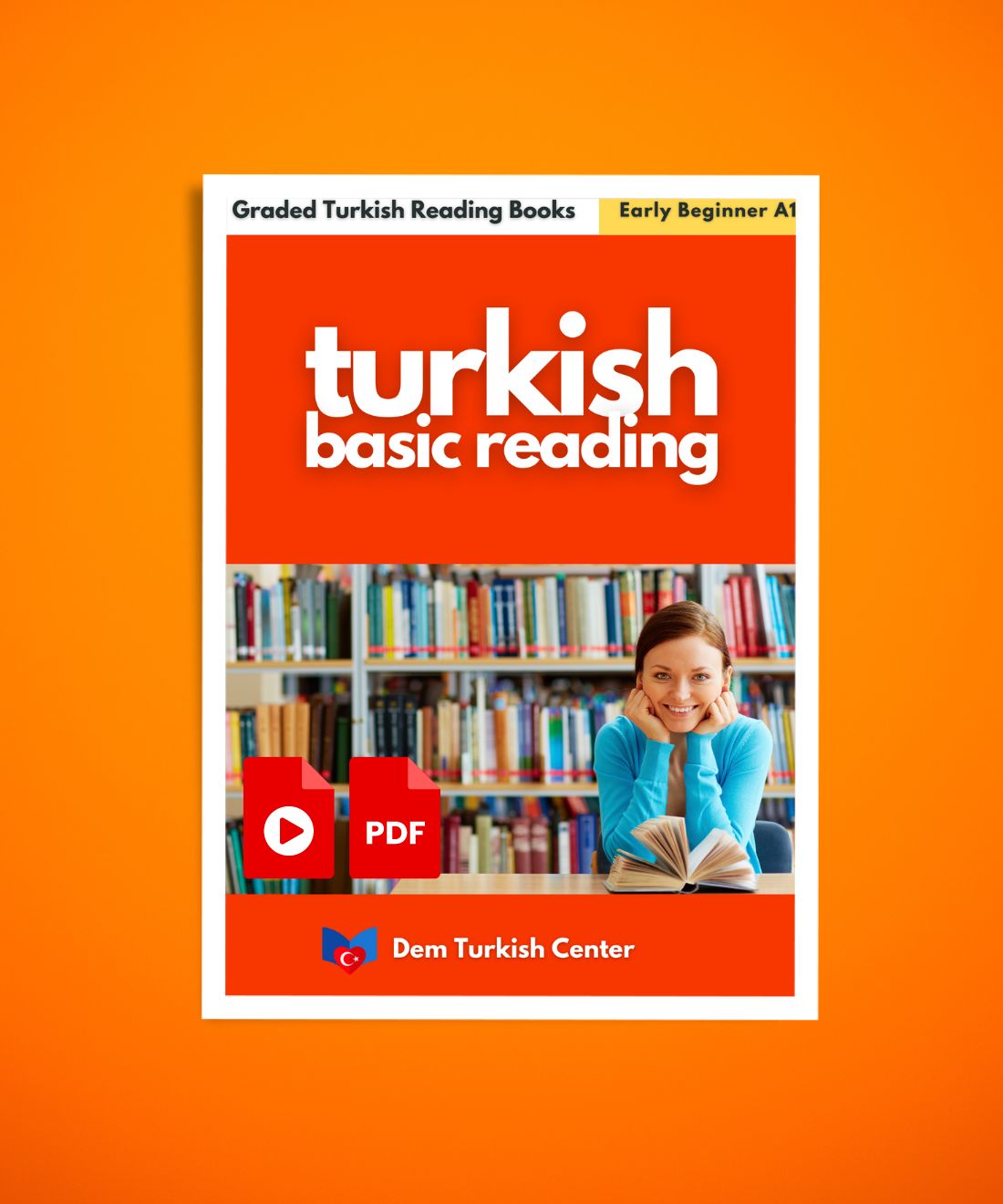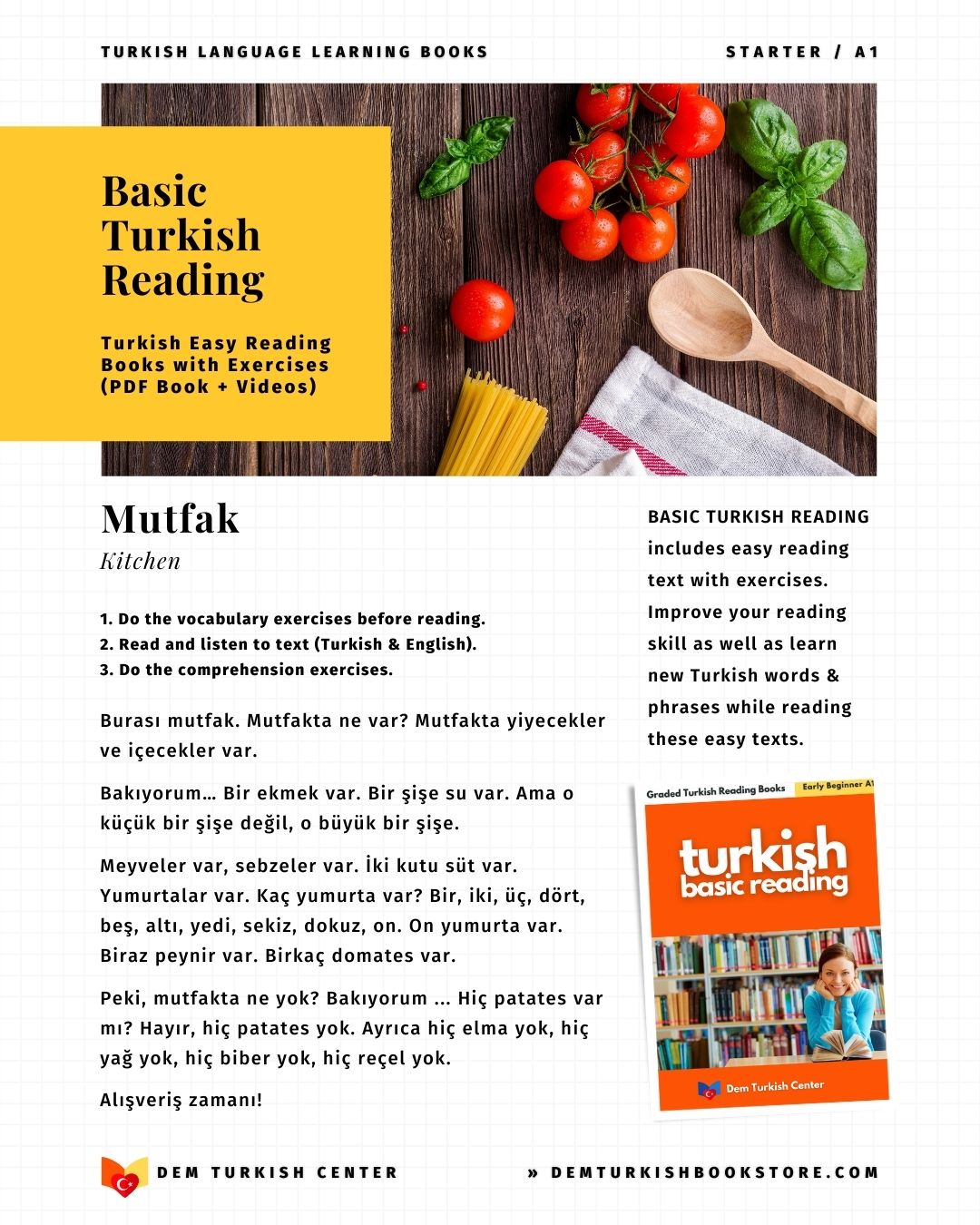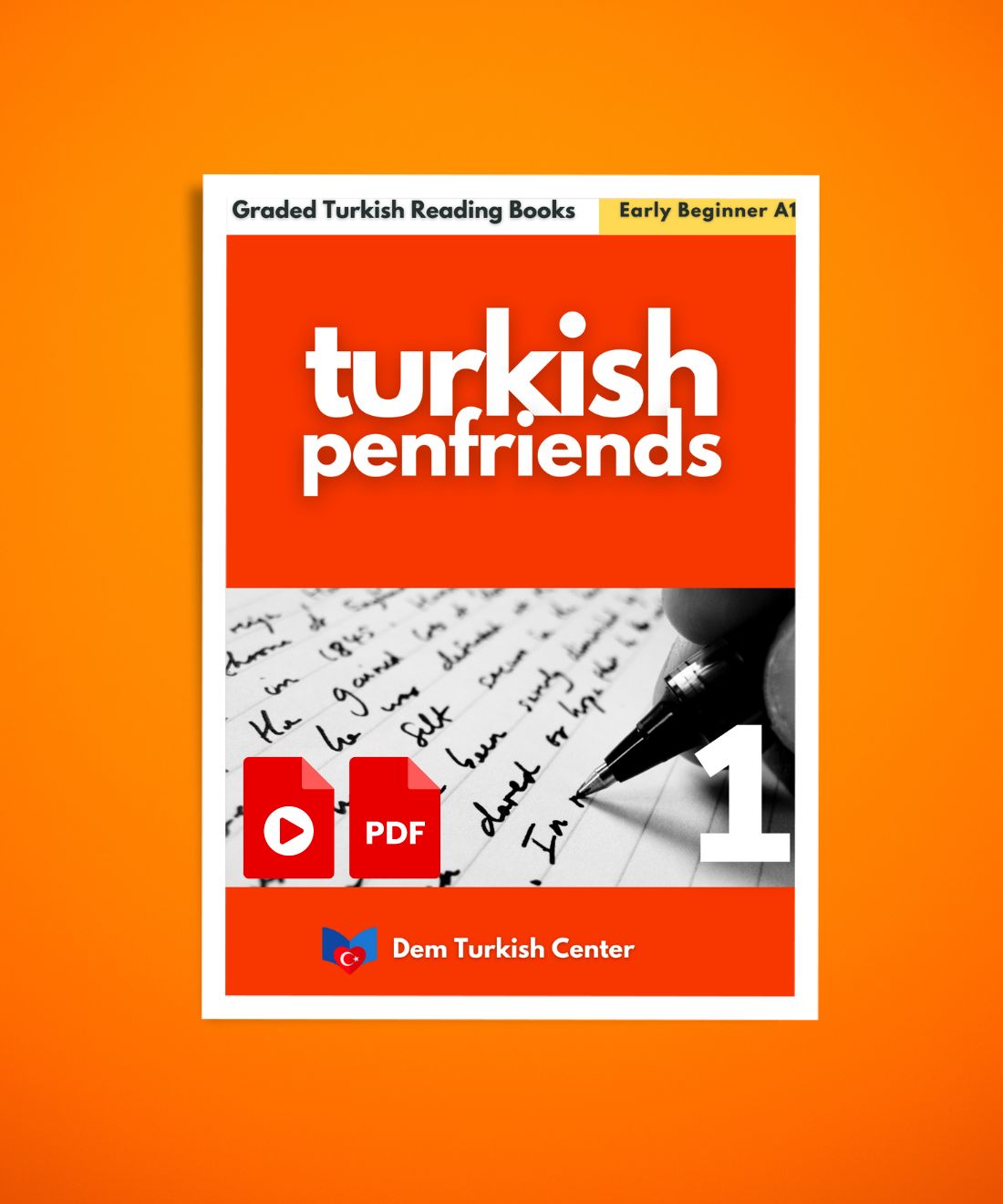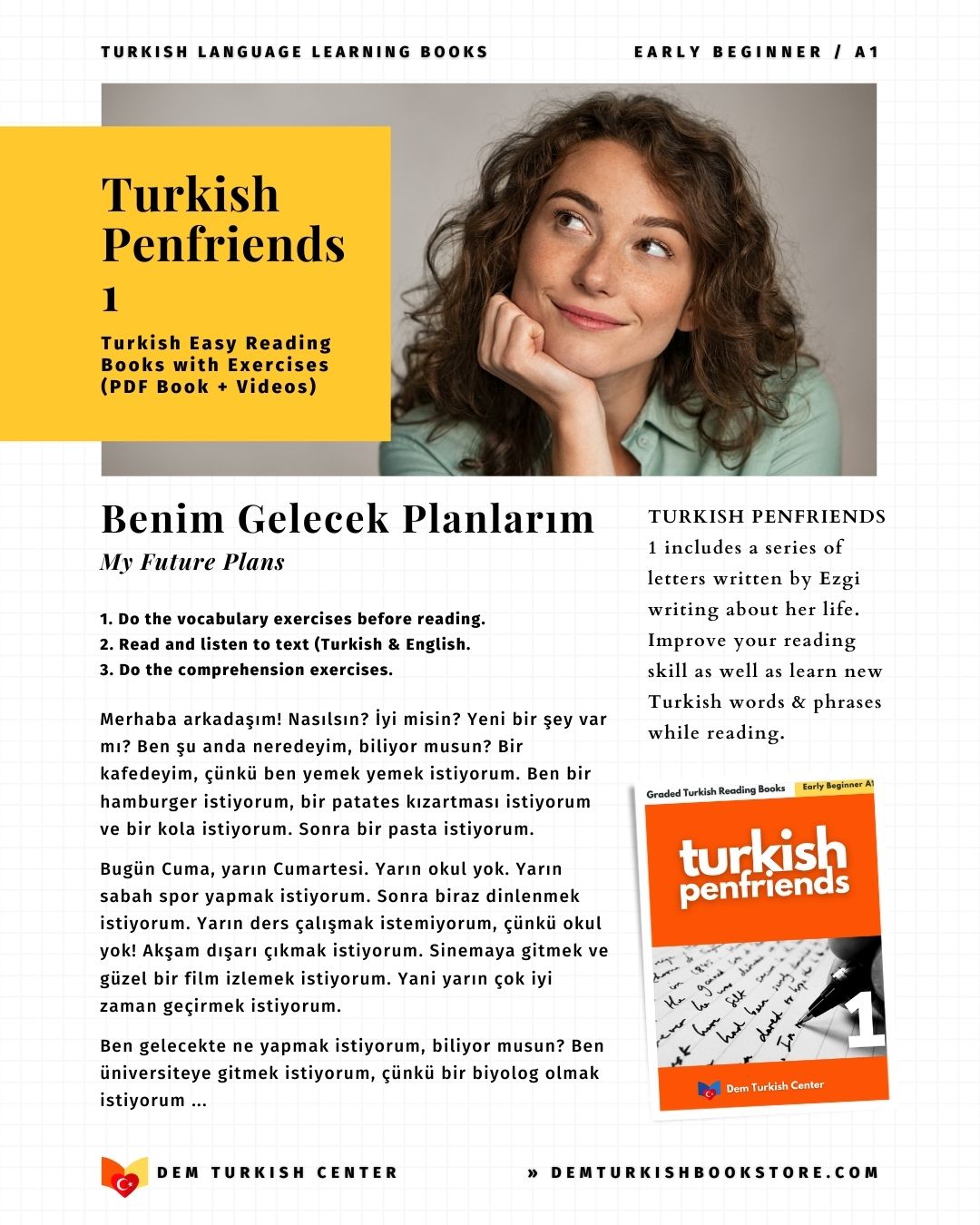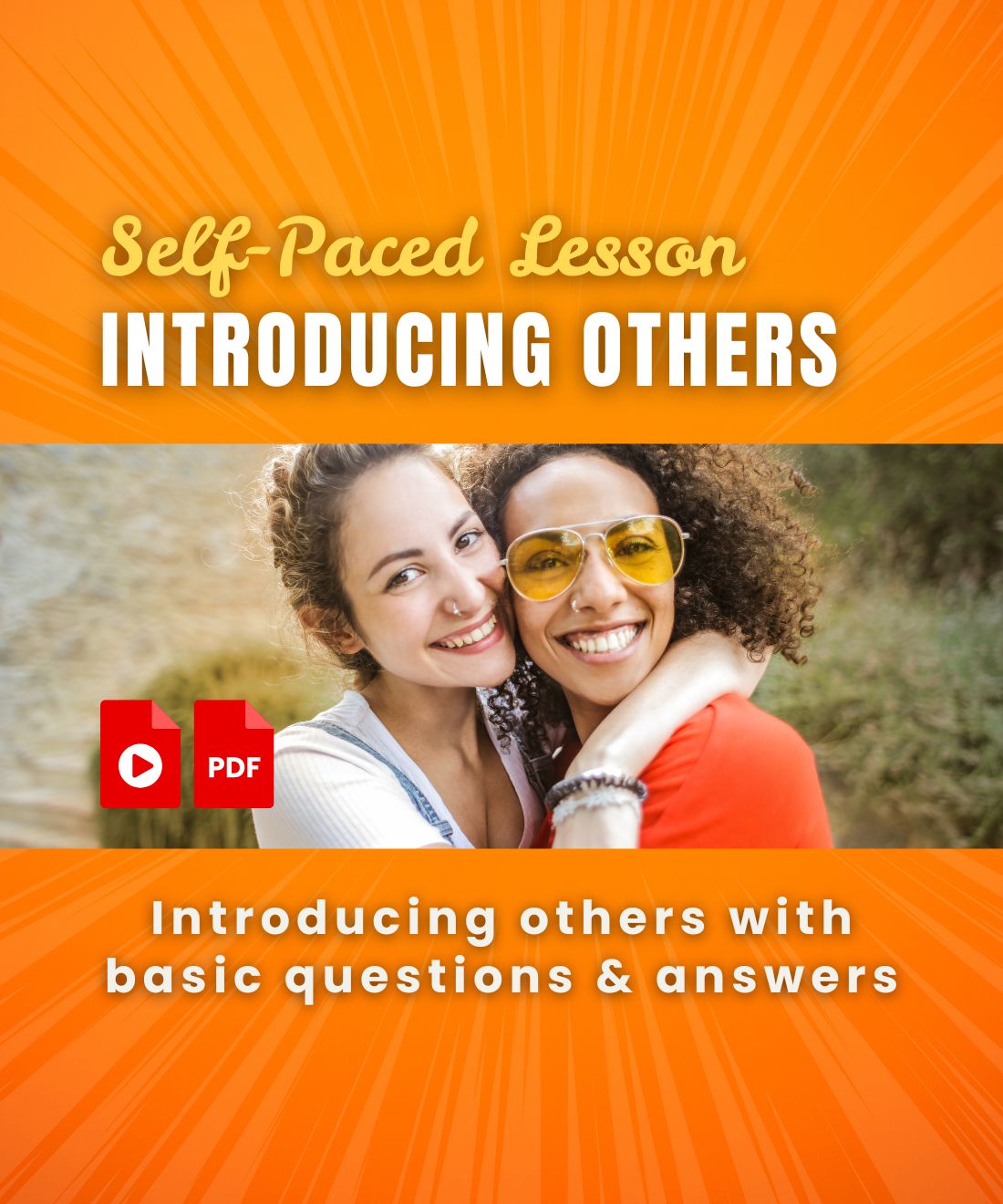
Discover Istanbul beyond Sultanahmet (Podcast Interview)
So, you’ve seen the breathtaking Hagia Sophia and the majestic Blue Mosque. You’ve wandered the Grand Bazaar. Now, what’s next? The true magic of Istanbul lies beyond the Sultanahmet district, in the vibrant, authentic neighbourhoods where the city’s heart truly beats. In this exclusive interview, we guide you through the best things to do in Istanbul that most tourists miss.
Discover the hidden gems of Istanbul, from the trendy cafes and art galleries of Karaköy to the bohemian streets of Kadıköy on the city's Asian side. We’ll reveal the perfect Istanbul itinerary for exploring charming, village-like quarters like Arnavutköy and Kuzguncuk, and share essential Istanbul travel tips—from navigating the Bosphorus by ferry to experiencing an authentic meyhane dinner. Ready to trade the crowds for genuine local experiences? Dive in to discover the secrets of Istanbul beyond Sultanahmet and plan an unforgettable journey into the soul of this ancient-meets-modern metropolis.
Unlock the Real Istanbul: A Journey Beyond Sultanahmet's Tourist Trail
Listen to the podcast interview about "Istanbul Beyond Sultanahmet":
RECOMMENDED READING The Ultimate Istanbul Travel Guide: Discover The Soul Of Two Continents
Discovering Istanbul Beyond Sultanahmet
Listen to the interview above or read the interview below.

HOST Hello and welcome to Istanbul Unpacked, the podcast that delves deep into the soul of the city that straddles two continents. I'm your host, Lara. For any first-time visitor to Istanbul, the image is almost universal: the majestic Blue Mosque, the awe-inspiring Hagia Sophia, the mysterious depths of the Basilica Cistern, and the grand hustle of the Grand Bazaar. Sultanahmet is, without a doubt, the historic heart of the city, and rightly so.
Istanbul In 7 Days: The Ultimate 7-Day Istanbul Itinerary For An Unforgettable Trip
But what happens after you’ve checked those monumental boxes? Is that all there is? The answer, our guest would argue, is a resounding and beautiful "No." The real, beating heart of Istanbul, the city lived in by nearly 16 million people, lies elsewhere, in its vibrant neighbourhoods, along its lesser-known shores, and in the quiet moments between sips of tea.
To guide us on this journey beyond the ancient walls, I’m thrilled to be joined by Deniz Yılmaz. Deniz is a cultural historian, a lifelong Istanbulite, and the author of the wonderful book, "Istanbul's Hidden Heart." Welcome to the show, Deniz!

GUEST Thank you so much for having me, Lara. It’s a pleasure to be here. And you’re absolutely right. Sultanahmet is our magnificent showcase, our open-air museum. But to only see the showcase is to miss the living, breathing, arguing, laughing, creating organism that is Istanbul.
HOST I love that analogy. So, let’s dive right in. Imagine a listener who has three extra days after seeing the major sights. Where do we send them first to break the Sultanahmet bubble?
Istiklal Street: A Guide To Istanbul's Beating Heart From Taksim Square To Galata Tower
GUEST (Laughs) Okay, no hesitation. We send them to the ferry. We put them on a boat at Eminönü, and we send them to Üsküdar.
HOST Üsküdar? On the Asian side? Right away?

GUEST Immediately. It’s the most profound, and yet simplest, way to understand the city's DNA. The moment you step onto that ferry, your perspective shifts. You leave the European postcard skyline behind you and you face Asia. The journey itself is a ritual for millions of Istanbulites. You’ll see students, businessmen, grandmothers with their groceries, all sipping Turkish tea from tiny tulip-shaped glasses. You feel the breeze of the Bosphorus, you see the seagulls following you, and you understand that Istanbul is not a land city, but a sea city. And when you arrive in Üsküdar, you are in a different world. The pace is different. It feels… older, more rooted, but in a very lived-in way.
Symbols of Istanbul: From Bosphorus To Hagia Sophia, Nostalgic Tram, Cats & More!
HOST And what awaits them in Üsküdar?

GUEST First, the smell of the sea. Then, the magnificent Mihrimah Sultan Mosque, designed by Mimar Sinan the architect, standing as a sentinel. But the real magic is in the backstreets. The neighbourhoods behind the ferry terminal are a labyrinth of small shops selling traditional foods, cheese, olives, pastrami. You can walk up to the Çamlıca Hill for the most breathtaking panoramic view of the entire city, or you can simply wander towards the Maiden’s Tower, that tiny islet just off the coast, and sit at a café along the shore. It’s less about ticking off sights and more about absorbing a mood. You are in a part of the city that has been a landing point for armies, traders, and migrants for millennia, but today, it’s just… neighbourhood life.
HOST That sounds like the perfect antidote to tourist crowds. Now, staying on the Asian side for a moment, another name that often comes up is Kadıköy. How is it different from Üsküdar?

GUEST Ah, Kadıköy is the rebellious, artistic, bohemian younger sibling. If Üsküdar is contemplative and traditional, Kadıköy is lively and fiercely modern in its own way. Its heart is the market. Not a tourist bazaar, but a proper, chaotic, glorious food market where locals do their daily shopping. You will see fish of every colour, mountains of spices, strings of dried eggplant, and cheeses you’ve never seen before. It’s a sensory overload in the best way possible.
Istanbul's Byzantine Gems: Exploring Constantinople's Legacy
And surrounding the market is a network of streets filled with vintage shops, independent bookstores, tiny cafes roasting their own beans, and bars with live music. This is the hub of Istanbul’s alternative culture. You can spend an entire day just getting lost in the streets of the Yeldeğirmeni neighbourhood, which is covered in stunning street art and has beautiful, but faded, Ottoman-era apartment buildings. Kadıköy has a pulse you can feel in your feet.
HOST It sounds like a place where you can really feel the city’s contemporary creative energy. Now, let's cross back to the European side, but not to Sultanahmet. Let's talk about the neighbourhood that everyone seems to discover next: Beyoğlu, specifically the area around İstiklal Avenue. It’s famous, but is it still authentic?

HOST That’s the great question about Beyoğlu. İstiklal Avenue itself is a spectacle. It’s a mile-long pedestrian street, always packed, with the historic red tram running down the middle. It’s a carnival of chain stores, fast food, and crowds. And while it's an experience, I always tell people to treat İstiklal Street as a river. You use it to navigate, but you must dive into the side streets, the "passages", to find the real treasure.
These passages are 19th-century arcades that were once the heart of European commerce and high society. Now, they are time capsules. You have the Çiçek Pasajı, the Flower Passage, now full of meyhanes, the traditional tavernas. But my favourites are the ones like the Atlas Pasajı, with its beautiful old cinema, or the Avrupa Pasajı, which is a hub for second-hand book sellers. Each passage has its own character, its own smell, its own story.
And then, you have the streets leading down to the Karaköy port. The area around Galatasaray High School is the heart of the "meyhane" (tavern) culture. This is where you go for a long, slow evening of raki, meze, and fish. It’s about conversation, friendship, and music. It’s a fundamental Istanbul experience.
HOST And speaking of Karaköy, that leads us to a dramatic transformation. Karaköy, and the neighbouring area of Galata, with its iconic tower, have become incredibly trendy. What’s happening there?

GUEST Karaköy is a perfect case study of Istanbul’s layered history. For centuries, it was a rough-and-tumble port district. Then, the banks moved in, building grand headquarters. Then they left. And for years, it was a bit forgotten. But in the last decade, it has exploded as the city's contemporary art and design hub. The old bank vaults and warehouses have been converted into cutting-edge art galleries like Istanbul Modern. The narrow, steep streets are now packed with hyper-cool cafes, design shops, and boutique hotels.
But the key is to look up. Above the trendy facade, you still see the soot-stained, beautiful 19th-century buildings. You can walk from the chaos of the Karaköy ferry terminal, past fishermen on the bridge, and within two minutes be in a minimalist cafe serving third-wave coffee. It’s a jarring, fascinating juxtaposition. And of course, you walk up the hill to the Galata Tower, not necessarily to go up it, but to stand beneath it and feel the weight of its Genoese history, and then explore the charming, hilly streets of Galata that fan out from it.
HOST So we have the artistic hub in Karaköy and the bohemian heart in Kadıköy. But where do we go to see the "village within the city" that people often talk about?

GUEST For that, you have two fantastic options on either side of the Bosphorus. On the European side, it’s Arnavutköy. This is a personal favourite. It’s a neighbourhood defined by its stunning wooden Ottoman mansions, right on the water. But it’s not a museum; people live in them. The main street runs along the shore, and it’s famous for its fish restaurants. But the backstreets are a quiet, leafy maze. You can hear the clinking of spoons in tea glasses from houses, the chatter of neighbours. It feels like a world away from the city, yet you’re only a short bus ride from Beşiktaş. It’s a place for a long, leisurely lunch and a peaceful stroll.
HOST And on the Asian side?
GUEST On the Asian side, the quintessential village is Kuzguncuk. It’s a storybook neighbourhood. It’s famously a place where Muslims, Jews, and Christians have lived side-by-side for centuries. You have a mosque, a synagogue, and a church all within a few hundred meters of each other. The main street is lined with colourful, petite houses, antique shops, and quaint cafes. There’s an overwhelming feeling of peace and tolerance here. People sit on benches, kids play in the streets. It’s a beautiful, symbolic microcosm of what Istanbul can be at its best.
HOST Deniz, we’ve talked about neighbourhoods, but what about experiences? Beyond the Hagia Sophia and the Blue Mosque, what are the historical or cultural sites that offer a different perspective?

GUEST Wonderful question. I would point people towards the Byzantine and Ottoman relics that are woven into the fabric of the city, not cordoned off. For example, take the Theodosian Land Walls. These massive, crumbling walls stretch from the Sea of Marmara to the Golden Horn. You can walk alongside them, touch them. In the neighbourhoods around them, like Edirnekapı, you feel the sheer scale of ancient Constantinople. And nestled right there, often overlooked, is the Chora Church, or Kariye Mosque as it is now. The interior mosaics and frescoes are arguably the most exquisite surviving examples of Byzantine art, even more intimate and detailed than those in Hagia Sophia.

Another must-see is the Suleymaniye Mosque. Everyone goes to the Blue Mosque, but the Suleymaniye, perched on a hill, is Mimar Sinan’s masterpiece. It’s not just a mosque; it’s a complex. And the feeling inside is one of profound peace and soaring, majestic space. It feels less like a tourist stop and more like a living place of worship. And the view from its courtyard over the Golden Horn is unparalleled.
HOST And for a truly unique historical experience?

GUEST The Zografyon Greek High School, near Taksim. It’s not always open to the public, but sometimes you can get permission. It’s a stunning, red-brick building that feels like a forgotten castle in the middle of the city, a poignant reminder of the city's vast Greek heritage. Or, for something more accessible, the Istanbul Archaeological Museums, located right in Gülhane Park next to Topkapı Palace, are often skipped by tourists. They are a world-class collection that tells the story of this land from the dawn of civilization through sarcophagi of astonishing beauty, like the Alexander Sarcophagus.
HOST Let's talk about food, which is a huge part of the Istanbul experience. Beyond the tourist restaurants in Sultanahmet, where and what should people be eating?

GUEST (Laughs) We could do a whole podcast on this! The first rule is: if the menu has pictures and is in six languages, walk away. Go where the locals go. For a proper Turkish breakfast, or "kahvaltı" in Turkish, you need to go to a neighbourhood like Beşiktaş or Çengelköy and find a dedicated breakfast restaurant. It’s a feast: cheeses, olives, tomatoes, cucumbers, honey, clotted cream, jams, omelets, and sausages. It’s a social event that can last for hours.
For street food, skip the generic kebab places. Go for a fish sandwich, "*"balık ekmek" in Turkish – a fresh mackerel sandwich – grilled right on the boat in Eminönü or in Karaköy. It’s the taste of the Bosphorus. Try "midye dolma", mussels stuffed with spiced rice, from a reputable street vendor. And for the ultimate comfort food, find a place that serves "işkembe çorbası", tripe soup, traditionally eaten late at night after a few too many rakıs.
And of course, the "meyhane" (tavern) experience I mentioned earlier. You don't just go to eat; you go for the "sohbet", the conversation. You order a raki, which turns cloudy with water, and then a procession of "meze" – small dishes like stuffed vine leaves, fried calamari, various bean salads, and a hundred other things. It’s a ceremony of taste and friendship.
HOST My mouth is watering. Now, for our final section, let's talk about practicalities. If someone is basing themselves outside of Sultanahmet, which neighbourhood would you recommend for a first-time visitor wanting this deeper experience?
GUEST For ease and atmosphere, I would recommend Cihangir, in Beyoğlu. It’s a neighbourhood perched on a hill, with incredible views of the Bosphorus. It’s leafy, full of beautiful cats – it’s the heart of the "cat culture" of Istanbul – and has a wonderful mix of bohemian cafes, excellent restaurants, and antique shops. It’s central, so you can walk to İstiklal Avenue, to Karaköy, or down to the ferry. It feels like a village, but you are in the centre of everything.
HOST And any final tips for navigating the city like a local?
GUEST Absolutely. First, get an Istanbulkart. It’s the rechargeable transit card. Use the ferries, trams, and metro. The ferry is your best friend. Second, learn a few words of Turkish: "Merhaba" (hello), "Teşekkür ederim" (thank you), and "Elinize sağlık" (a beautiful phrase said after a meal, meaning "health to your hands"). It will open doors. Third, don't be afraid to get lost. The greatest discoveries in Istanbul happen when you take a wrong turn down a cobblestone street. And finally, just sit. Find a çay bahçesi, a tea garden, order a çay, and just watch the world go by. The soul of Istanbul isn't always in the doing; it's often in the being.
HOST Deniz, that is a beautiful note to end on. Thank you so much for sharing your incredible knowledge and passion for this magnificent city. You’ve given us a whole new map to explore.
GUEST It was my absolute pleasure, Lara. Herkes İstanbul’a gelsin! May everyone come to Istanbul!
HOST And to all of you listening, thank you for joining us on this journey beyond Sultanahmet. You can find Deniz’s book, "Istanbul's Hidden Heart," wherever books are sold. All the links are in the show notes.
Until next time, keep exploring.
We hope you like this podcast interview about "Discover Istanbul Beyond Sultanahmet." Enjoy your trip to Istanbul!







